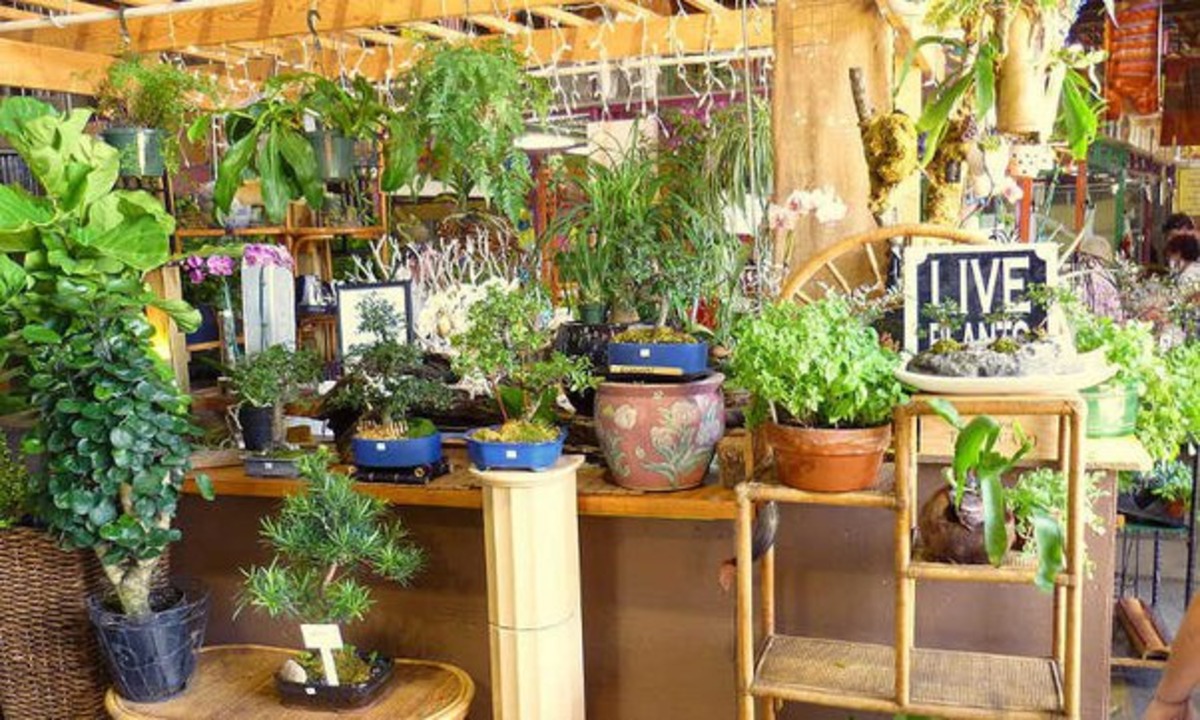

Articles
What Do You Call An Indoor Garden
Modified: January 19, 2024
Looking for articles about indoor gardening? Discover what to call an indoor garden and get expert tips for creating your own oasis indoors.
(Many of the links in this article redirect to a specific reviewed product. Your purchase of these products through affiliate links helps to generate commission for Storables.com, at no extra cost. Learn more)
Introduction
Indoor gardening has become increasingly popular in recent years, as more people appreciate the benefits of bringing nature indoors. A well-designed and maintained indoor garden can add beauty, improve air quality, and even provide fresh herbs and vegetables. Whether you live in a small apartment or a spacious house, creating an indoor garden is a wonderful way to reconnect with nature and create a peaceful oasis right in your own home.
In this article, we will explore the various benefits of indoor gardens, the different types of indoor gardening options available, how to select the right plants for your indoor garden, and the steps to set up and care for your indoor plants. We will also discuss some common challenges you may face in indoor gardening and provide some creative ideas to inspire your own unique indoor garden design.
So, whether you have a green thumb or you’re just starting out on your gardening journey, join us as we delve into the fascinating world of indoor gardening. Get ready to bring the beauty and serenity of nature indoors!
Key Takeaways:
- Indoor gardening offers a multitude of benefits, from improved air quality to access to fresh herbs and vegetables, enhancing mental well-being, and adding aesthetic appeal to any space.
- Overcoming common challenges in indoor gardening, such as lack of light, overwatering, and pest infestations, requires careful attention and creative solutions to ensure a thriving and personalized indoor garden.
Read more: What Is An Indoor Garden Called
Benefits of Indoor Gardens
Indoor gardens offer numerous benefits to both our physical and mental well-being. Here are some of the key advantages of cultivating plants indoors:
Improved Air Quality:
Plants naturally filter and purify the air by absorbing pollutants and releasing oxygen. Having indoor plants can help remove toxins and improve the overall air quality in your home. This can lead to better respiratory health and reduce the risk of allergies and respiratory illnesses.
Enhanced Mood and Mental Health:
Being around plants is known to have a positive impact on our mental health. Indoor gardens create a sense of tranquility and provide a visually appealing environment that can help reduce stress, anxiety, and improve overall mood. The act of nurturing and caring for plants also promotes a sense of relaxation and mindfulness.
Boosted Productivity and Concentration:
Studies have shown that having plants in indoor spaces, such as offices, can improve productivity and concentration levels. The presence of greenery and natural elements has a calming effect and can help reduce mental fatigue, leading to higher work efficiency and focus.
Improved Indoor Climate:
Plants have the ability to regulate humidity levels in indoor spaces. They release moisture through a process called transpiration, which can help create a more comfortable and balanced indoor climate. This can be especially beneficial during dry seasons or in areas with low humidity.
Access to Fresh Herbs and Vegetables:
Indoor gardening allows you to grow your own herbs, vegetables, and even fruits, providing you with a fresh and sustainable source of food. Having access to homegrown produce not only ensures its quality and nutritional value but also adds a delightful flavor to your meals.
Decorative and Aesthetic Appeal:
Indoor gardens add a touch of natural beauty and visual interest to any space. With a wide variety of plant species available, you can create stunning displays of color, texture, and foliage that complement your interior decor. Indoor gardens can transform dull and lifeless spaces into vibrant and inviting areas.
From improved air quality to enhanced mental well-being, the benefits of indoor gardens are plentiful. Now that we have explored the advantages, let’s delve into the different types of indoor gardening options available.
Types of Indoor Gardens
Indoor gardening offers a wide range of options to suit various preferences and levels of gardening expertise. Let’s explore some popular types of indoor gardens:
Container Gardens:
Container gardens are one of the most common types of indoor gardens. This method involves planting your desired plants in containers, such as pots or hanging baskets, filled with soil or a suitable growing medium. Container gardens are versatile and can be customized to fit any space, from windowsills to countertops.
Vertical Gardens:
Vertical gardens are perfect for those with limited floor space. These gardens utilize vertical surfaces, such as walls or trellises, to grow plants. You can use specialized vertical gardening systems or create your own by attaching containers or pockets to the wall. Vertical gardens add a unique visual element and can be a stunning focal point in any room.
Aquaponics Systems:
Aquaponics combines traditional gardening with aquaculture, creating a symbiotic relationship between plants and fish. In an aquaponics system, fish waste provides nutrients for the plants, while the plants filter the water for the fish. This closed-loop system is highly efficient and can support the growth of a wide variety of plants and fish.
Terrariums:
Terrariums are self-contained ecosystems housed in glass containers. These miniature gardens require minimal maintenance as they create their own water cycle. Terrariums are ideal for growing succulents, moss, and other humidity-loving plants. They can be small tabletop displays or larger showcase pieces.
Hydroponic Gardens:
Hydroponic gardening involves growing plants without soil, using a nutrient-rich water solution instead. This method allows for faster growth and higher yields compared to traditional soil-based gardening. Hydroponic systems can range from simple setups using nutrient film technique (NFT) to more sophisticated setups with pumps and timers.
Herb Gardens:
Herb gardens are perfect for culinary enthusiasts who want a fresh supply of herbs year-round. Whether it’s a small herb garden on the windowsill or a larger dedicated space, growing herbs indoors allows you to have a readily available source of aromatic and flavorful herbs for cooking.
These are just a few examples of the types of indoor gardens you can create. The choice ultimately depends on your space, preferences, and the specific plants you want to grow. Next, let’s dive into the process of selecting the right plants for your indoor garden.
Selecting the Right Plants for an Indoor Garden
Choosing the right plants is essential for the success of your indoor garden. Here are some factors to consider when selecting plants for indoor cultivation:
Light Requirements:
Consider the amount of natural light available in your space. Some plants thrive in bright, direct sunlight, while others prefer moderate or low light conditions. Assess the lighting conditions in your home and choose plants that match those requirements to ensure they receive the proper amount of light for healthy growth.
Space Availability:
Determine how much space you have for your indoor garden. Some plants, like small succulents or herbs, can be grown in tight spaces like windowsills or small containers. Others, like large leafy tropical plants, require more room to spread out. Be mindful of the space limitations and choose plants that fit your available space.
Care and Maintenance:
Consider your level of gardening experience and the amount of time you can dedicate to plant care. Some plants require minimal maintenance and are more forgiving, while others may need more attention, such as regular watering and pruning. Select plants that align with your gardening skills and time commitment.
Allergies and Pets:
If you or your family members have allergies, it’s important to choose plants that have a low pollen count or are considered hypoallergenic. Additionally, if you have pets, be aware that some plants can be toxic to animals. Research the toxicity levels of plants and ensure they are safe for your furry friends.
Purpose and Aesthetic:
Consider the purpose of your indoor garden. Do you want to grow herbs for culinary use? Or are you aiming to create a visually stunning display? Choose plants that serve your intended purpose and complement the overall aesthetic of your space. Consider factors such as bloom colors, foliage texture, and growth habits.
By considering these factors, you can select a variety of plants that will thrive in your indoor garden and bring beauty and greenery into your home. Next, let’s move on to the practical steps of setting up your indoor garden.
Setting up an Indoor Garden
Setting up an indoor garden is an exciting endeavor that requires careful planning and preparation. Follow these steps to create a successful indoor garden:
Choose the Right Location:
Select a suitable location for your indoor garden. Consider factors such as natural light availability, temperature, and humidity levels. Most plants require a minimum of six hours of sunlight per day, so choose a spot near a window with adequate sunlight. If your space lacks sufficient natural light, you can supplement it with artificial grow lights.
Select Containers:
Choose the right type and size of containers for your plants. Ensure that the containers have drainage holes to prevent waterlogging. You can opt for pots, hanging baskets, or even repurpose household items like mason jars or old teacups. Just make sure the containers provide enough space for the roots to grow and have proper drainage.
Prepare the Soil or Growing Medium:
Select a suitable soil or growing medium. There are specific potting mixes available for different types of plants, or you can create your own by combining potting soil, perlite, and organic matter. Ensure the soil or medium is well-draining and nutrient-rich to support healthy plant growth.
Plant Carefully:
Gently remove the plant from its nursery container and loosen the roots if they are tightly bound. Place the plant in the chosen container and add the soil or growing medium around it, gently patting it down to secure the plant. Leave some space at the top of the container to allow for watering.
Provide Adequate Watering:
Water your plants as per their specific needs. Avoid overwatering, as it can lead to root rot and other issues. Check the moisture levels regularly by touching the soil or using a moisture meter. Water your plants when the top inch of soil feels dry, allowing the water to drain out from the bottom of the container.
Monitor Humidity and Temperature:
Indoor environments can sometimes be drier than plants prefer. Increase humidity levels by misting the foliage occasionally or placing a tray filled with water near the plants. Monitor the temperature and ensure it stays within the recommended range for your specific plant species.
Provide Adequate Lighting:
If natural light is insufficient, provide artificial lighting using grow lights. Choose LED or fluorescent lights specifically designed for plants, as they emit the right spectrum of light for photosynthesis. Position the lights at an appropriate distance from the plants, following the manufacturer’s instructions.
By following these steps, you can set up your indoor garden and provide a suitable environment for your plants to thrive. The next section will delve into proper care and maintenance tips for your indoor plants.
When creating an indoor garden, consider the amount of natural light available in the space. Choose plants that thrive in low light if the area has limited sunlight.
Read more: What Is An Indoor Garden Room Called
Caring for Indoor Plants
Caring for indoor plants is crucial to ensure their growth and longevity. Here are some essential tips to keep your indoor plants healthy:
Watering:
Water your indoor plants based on their specific needs. Avoid overwatering, as it can lead to root rot, while underwatering can cause wilting and poor growth. Different plants have different water requirements, so it’s important to understand their individual needs. Check the moisture levels regularly and adjust your watering schedule accordingly.
Lighting:
Provide adequate lighting for your indoor plants. Most indoor plants thrive in bright, indirect light. Place them near a window with filtered sunlight or use artificial grow lights if natural light is limited. Monitor the light levels and adjust the position of your plants as needed to ensure they receive the optimal amount of light for healthy growth.
Fertilizing:
Indoor plants benefit from regular fertilization to replenish nutrients in the soil. Use a balanced, water-soluble fertilizer formulated for houseplants. Follow the manufacturer’s instructions for application rates and frequency. Be cautious not to over-fertilize, as it can cause fertilizer burn and damage the plant’s roots.
Pruning and Trimming:
Regularly inspect your indoor plants for any dead, damaged, or yellowing leaves. Prune these parts to maintain the overall health and appearance of the plant. Trim leggy or overgrown branches to encourage bushier growth. Pruning also helps improve air circulation, preventing fungal diseases and pests from settling in.
Pest Control:
Monitor your indoor plants for signs of pests such as aphids, mealybugs, or spider mites. If you notice any infestation, take immediate action to control it. Use organic pest control methods or insecticidal soap to treat the affected plants. Regularly wipe the leaves with a damp cloth to remove dust and prevent pest buildup.
Rotating and Repotting:
To ensure even growth and prevent the plant from leaning towards the light source, rotate your indoor plants periodically. This will ensure that all sides receive adequate light exposure. Additionally, when the plant outgrows its current container or the soil becomes compacted, repot it into a larger pot with fresh potting mix.
Monitoring Temperature and Humidity:
Keep an eye on the temperature and humidity levels in your indoor garden. Most plants thrive in temperatures between 60-75°F (15-24°C). Avoid exposing them to extreme temperature fluctuations or drafts. Increase humidity levels in dry environments by misting the foliage or using a humidifier.
By following these care tips, you can provide the ideal growing conditions for your indoor plants and ensure their health and vitality. However, it’s important to be aware of the common challenges you may face in indoor gardening. Let’s explore some of these challenges in the next section.
Common Challenges in Indoor Gardening
While indoor gardening offers many benefits, it also comes with some challenges. Understanding and addressing these challenges can help you maintain a successful indoor garden. Let’s explore some common issues and how to overcome them:
Lack of Sufficient Light:
Insufficient natural light can be a challenge, especially in spaces with limited access to sunlight. This can lead to leggy growth or poor plant health. To overcome this, consider using artificial grow lights specifically designed for plants. Position the lights at an appropriate distance and duration to provide the necessary light intensity for your indoor plants.
Overwatering or Underwatering:
Watering is a fine balance, and it’s easy to make mistakes. Overwatering can lead to root rot and fungal diseases, while underwatering can cause wilting and stunted growth. Monitor the moisture levels of the soil and adjust your watering schedule accordingly. Ensure proper drainage in your containers to prevent waterlogging.
Pest Infestations:
Indoor plants are not immune to pests. Common pests like aphids, mealybugs, and spider mites can wreak havoc on your plants. Regularly inspect your plants for signs of pest infestations and take immediate action. Use organic pest control methods or insecticidal soap to treat the affected plants and prevent the pests from spreading.
Disease and Fungal Problems:
Fungal diseases such as powdery mildew and root rot can affect indoor plants, especially in humid or poorly ventilated environments. Avoid overwatering and ensure proper air circulation around your plants. If you notice any signs of disease, such as yellowing leaves or spots, promptly remove the affected parts and treat the plant with suitable fungicides.
Limited Space:
Space constraints can be a challenge when it comes to indoor gardening. If you have limited space, opt for compact plants or utilize vertical gardening techniques such as hanging baskets or trellises. Consider the growth habits of the plants you choose and ensure they have enough room to thrive and spread their roots.
Low Humidity:
Indoor environments are often drier than plants prefer, especially during winter months when heating systems are in use. Increase humidity levels by misting the leaves, placing a tray of water near the plants, or using a humidifier. This will help prevent issues like leaf browning or wilting due to low humidity.
Growth Limitations:
Indoor gardening may have limitations on the types of plants you can grow compared to outdoor gardening. Some plants require specific environmental conditions or ample space to flourish. Research suitable indoor plants and select varieties that are well-suited for your space and environment to ensure success.
By being aware of these common challenges and implementing the necessary measures, you can overcome them and enjoy a thriving indoor garden. Now, let’s explore some creative ideas to inspire your own unique indoor garden design.
Creative Indoor Garden Ideas
Indoor gardening provides the perfect opportunity to get creative and showcase your personal style. Here are some unique and inspiring ideas to help you design your own indoor garden:
Vertical Herb Wall:
Create a vertical herb wall by installing a sturdy, vertical structure against a wall. Hang small herb pots with hooks or use a wall-mounted planter system. This not only saves space but also adds a visually stunning and aromatic display to your kitchen or dining area.
Suspended Planters:
Add an element of surprise and whimsy by incorporating suspended planters in your indoor garden. Hang planters from the ceiling using strong ropes or macrame hangers. This creates an eye-catching display and allows plants to thrive in higher areas of the room.
Terrarium Coffee Table:
Transform your coffee table into a mini terrarium by using a glass tabletop or placing a glass container on top. Fill it with layers of rocks, activated charcoal, soil, and moss to create a self-sustaining ecosystem. This unique piece of furniture becomes a conversation starter and adds a touch of nature to your living space.
Kokedama String Gardens:
Create stunning hanging gardens using the Japanese art of kokedama. Wrap plant roots in a ball of soil and moss, then secure them with string or twine. Hang the kokedama from hooks or beams to create a beautiful, floating green oasis.
Aquarium Aquascape:
Combine the beauty of aquatic plants and fish by creating an aquascape in a glass aquarium. Arrange a variety of aquatic plants, rocks, and driftwood to create a visually captivating underwater landscape. Choose colorful fish to add another layer of vibrancy to your indoor garden.
Fairy Garden:
Set up a whimsical fairy garden by creating a miniature world with small plants, miniature figurines, and tiny decorative accessories. Use a shallow container or a terrarium and let your imagination run wild. This enchanting garden will appeal to the young and young at heart.
Living Wall Art:
Create a living work of art by designing a living wall using a vertical planter system. Arrange colorful and textured plants to create a stunning and vibrant backdrop. This statement piece can be the focal point of any room and adds a touch of nature to your space.
These creative indoor garden ideas can inspire you to think outside the box and create a unique green oasis within your home. Feel free to let your creativity flow and experiment with different designs and plant combinations to personalize your indoor garden.
Conclusion
Indoor gardening provides a wonderful opportunity to bring the beauty and benefits of nature into our homes. From purifying the air to enhancing mental well-being, the advantages of indoor gardens are numerous. By selecting the right plants, setting up a suitable environment, and providing proper care, you can create a thriving indoor garden that brings joy and tranquility to your space.
Whether you have a green thumb or are just starting your gardening journey, there are various types of indoor gardens to suit your preferences and space limitations. From container gardens and vertical gardens to aquaponics systems and terrariums, you have a wide range of options to explore.
When selecting plants for your indoor garden, consider factors such as light requirements, space availability, and care needs. By carefully choosing the right plants, you can ensure they thrive in your indoor environment and complement your design aesthetic.
Setting up an indoor garden involves creating a suitable location, selecting the right containers and soil, and providing adequate lighting and watering. It is important to monitor the temperature, humidity, and other environmental factors to provide optimal conditions for your plants to grow and flourish.
Proper care and maintenance are essential for the health of your indoor plants. Follow best practices for watering, lighting, fertilizing, pruning, and pest control. By addressing common challenges such as lack of light, overwatering, or pest infestations, you can overcome obstacles and enjoy a thriving indoor garden.
Get creative with your indoor garden by implementing unique ideas such as vertical herb walls, suspended planters, terrarium coffee tables, or fairy gardens. Let your imagination run wild and create a personalized green oasis that brings joy and serenity to your surroundings.
In conclusion, indoor gardening is a rewarding and fulfilling hobby that allows you to enjoy the beauty of nature year-round. Take the time to explore the various possibilities, choose the right plants, and provide them with the care and attention they need. By doing so, you can create a vibrant and peaceful indoor garden that brings the wonders of the outdoors inside your home.
Frequently Asked Questions about What Do You Call An Indoor Garden
Was this page helpful?
At Storables.com, we guarantee accurate and reliable information. Our content, validated by Expert Board Contributors, is crafted following stringent Editorial Policies. We're committed to providing you with well-researched, expert-backed insights for all your informational needs.
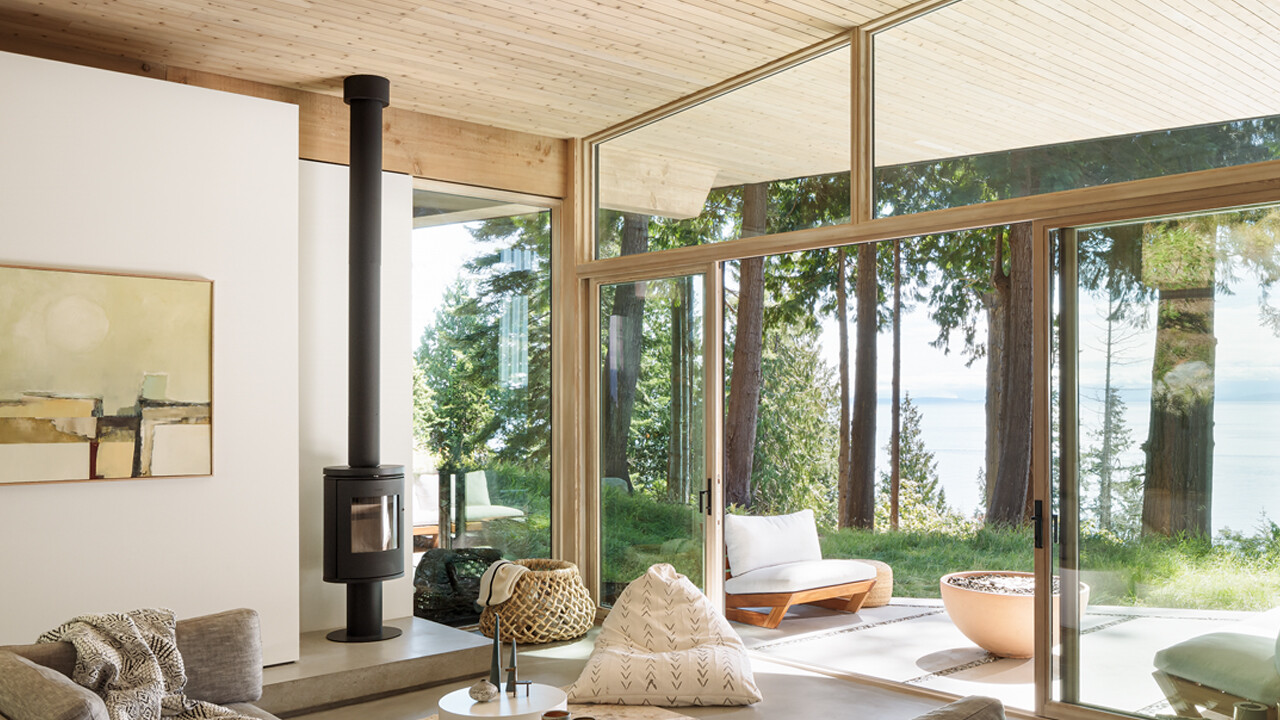
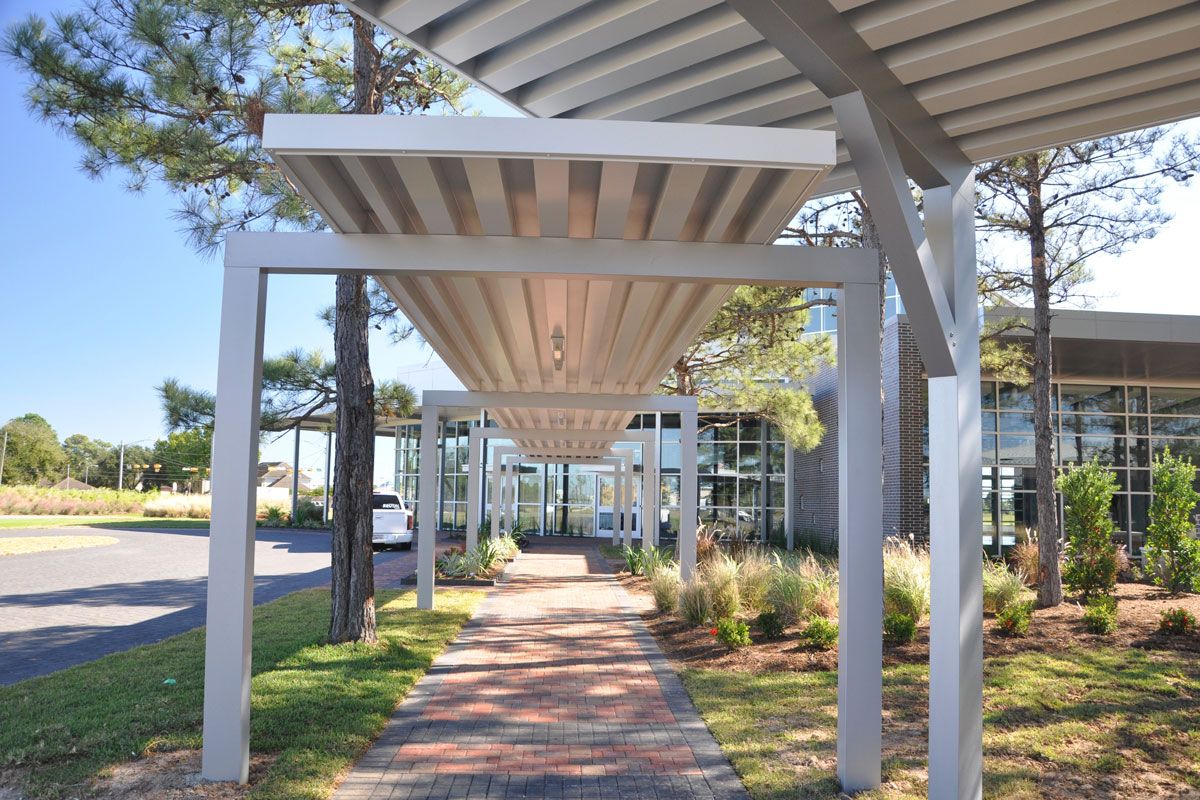
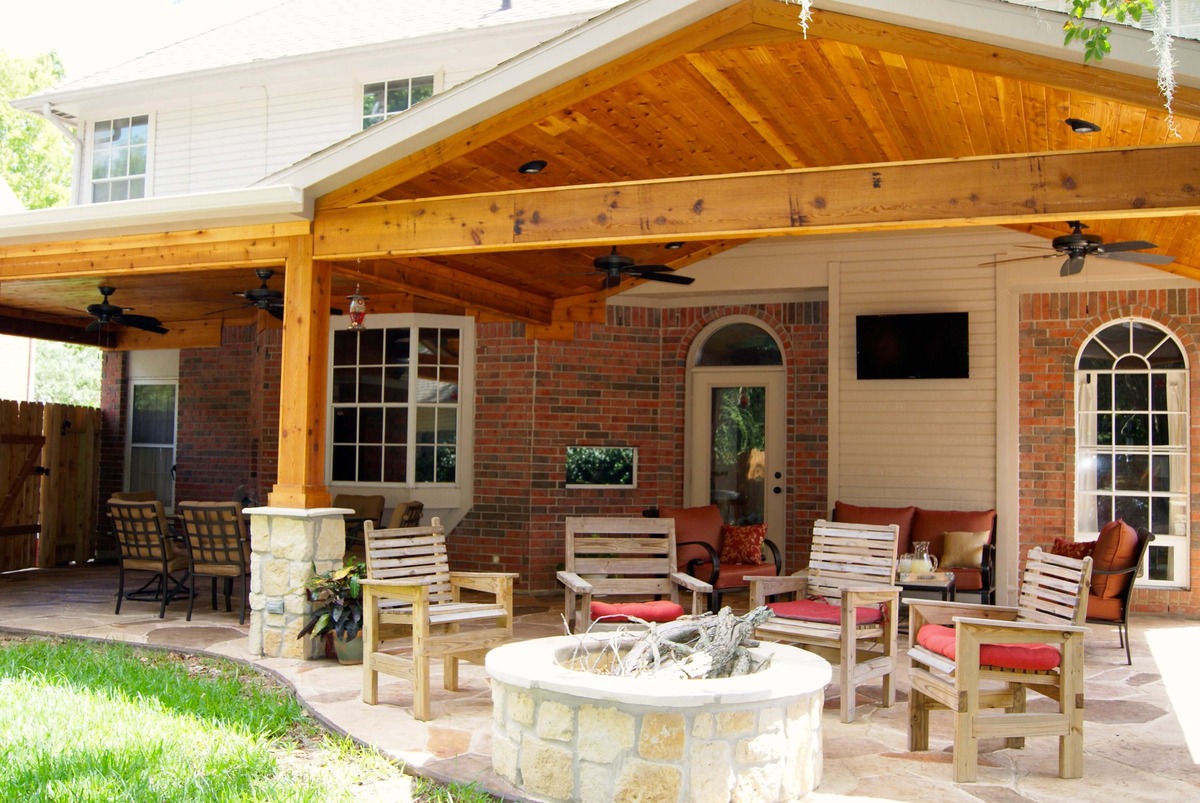


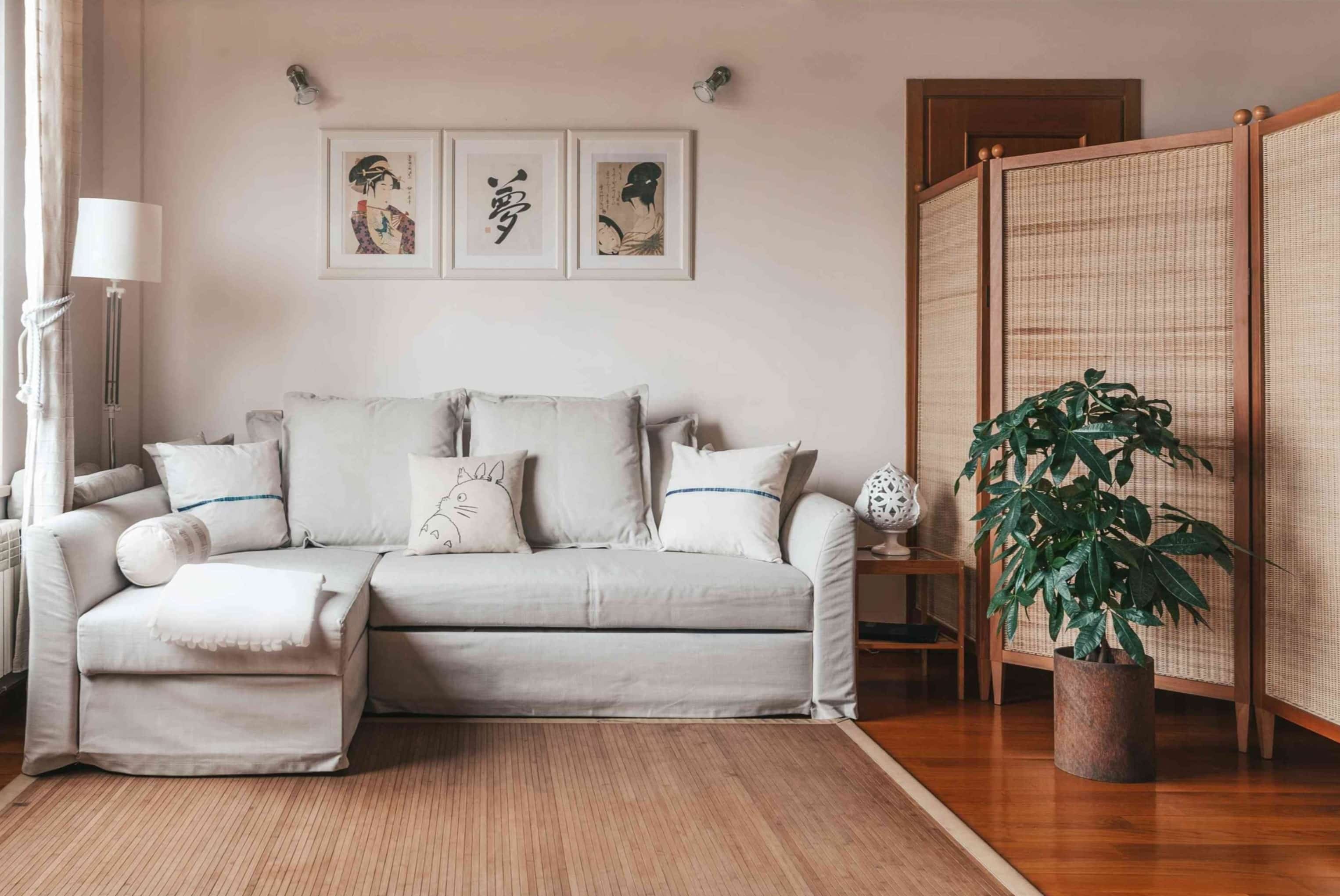
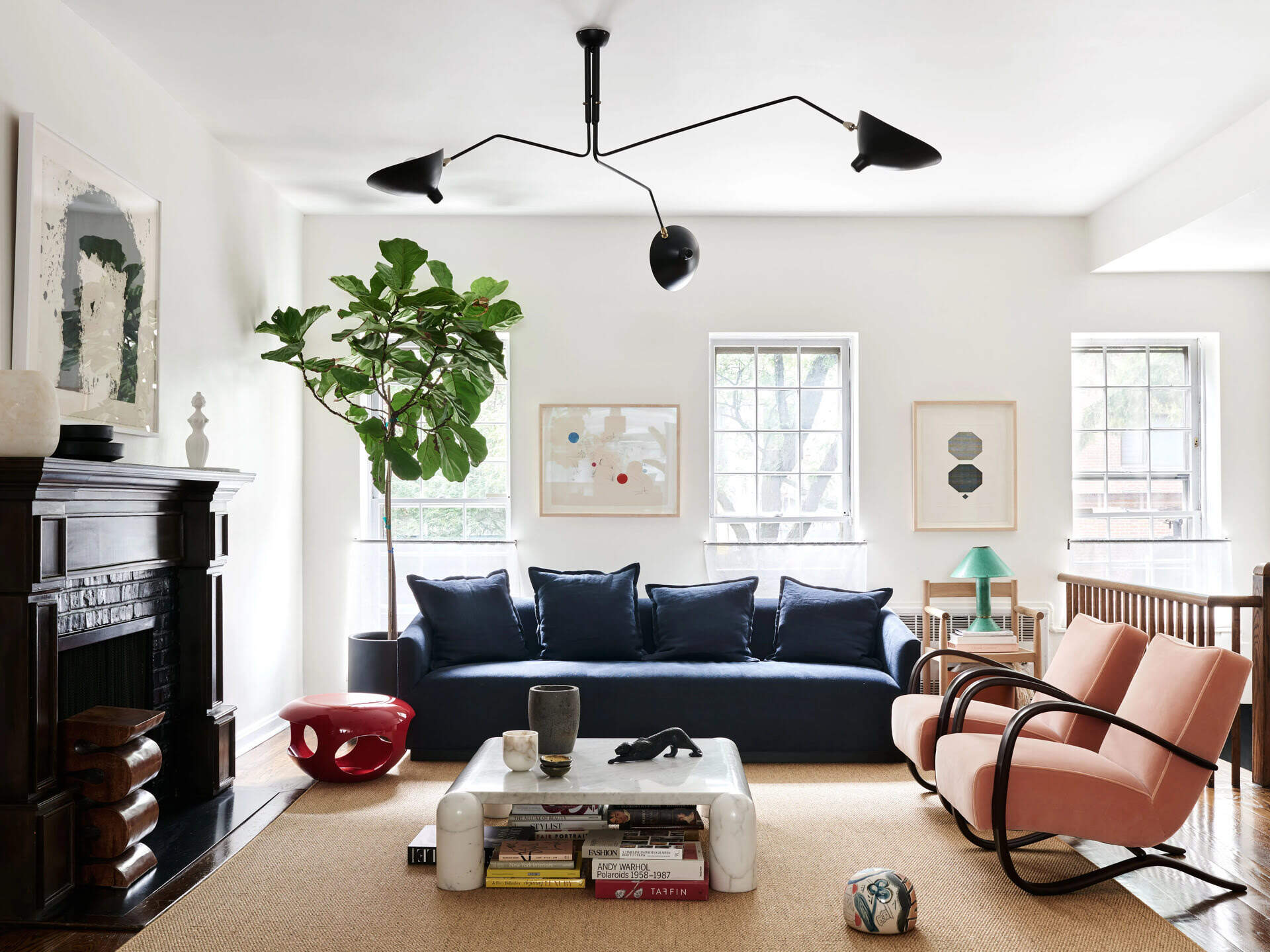
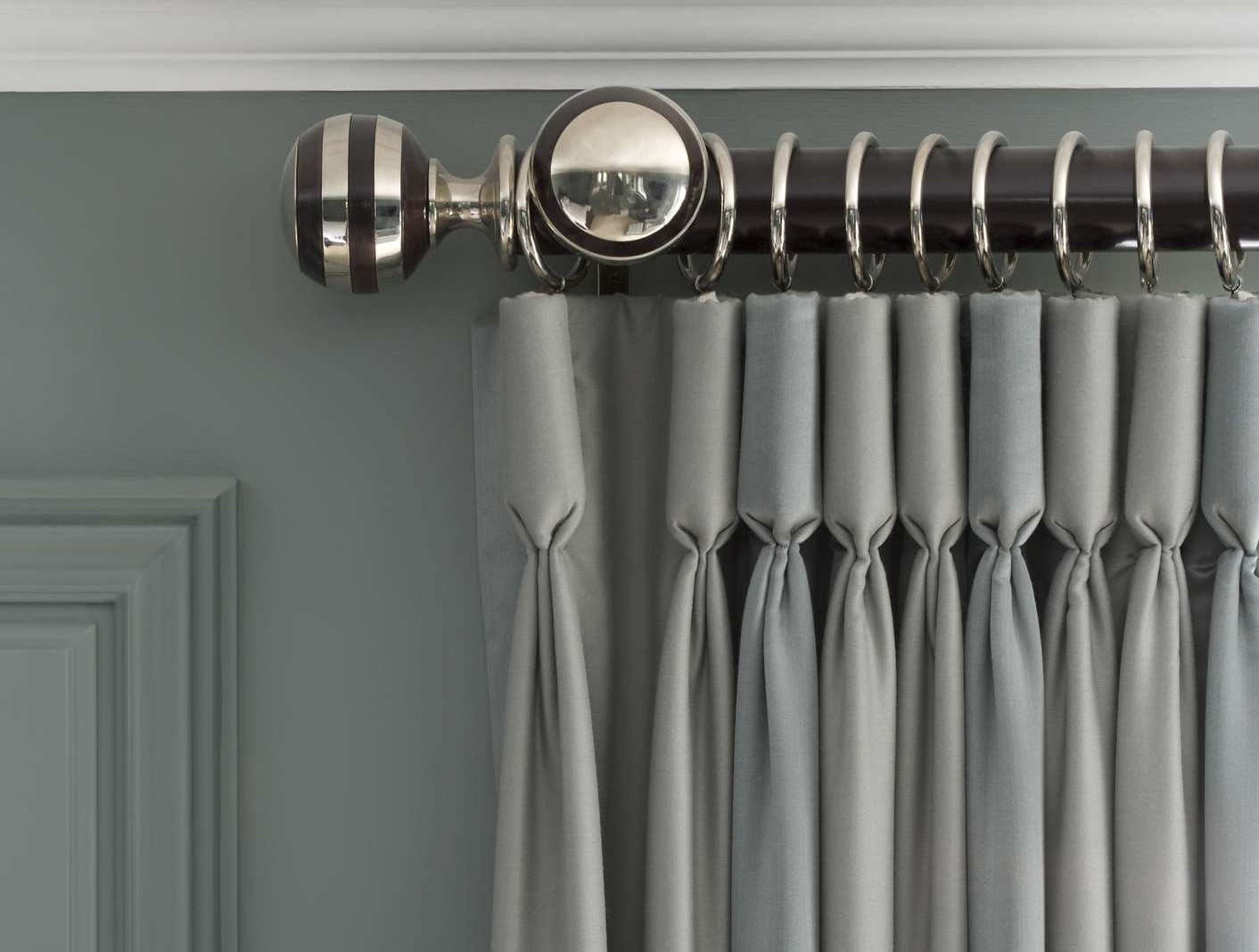
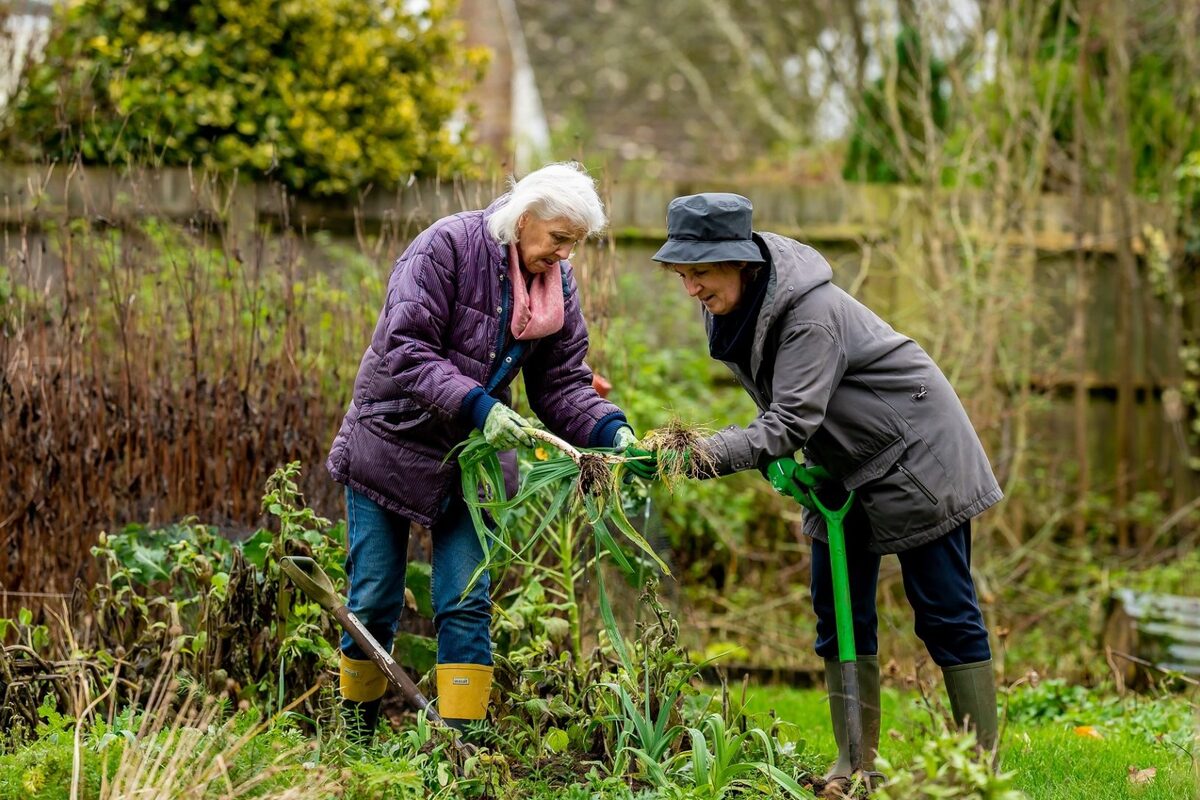
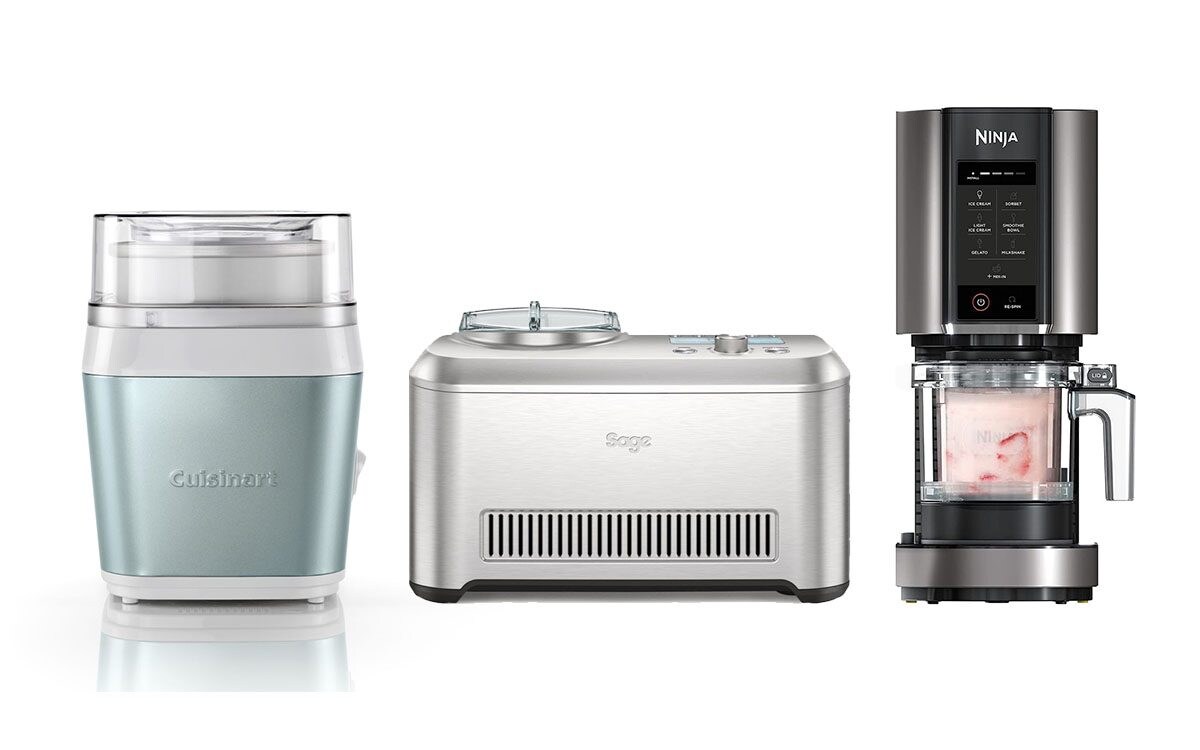
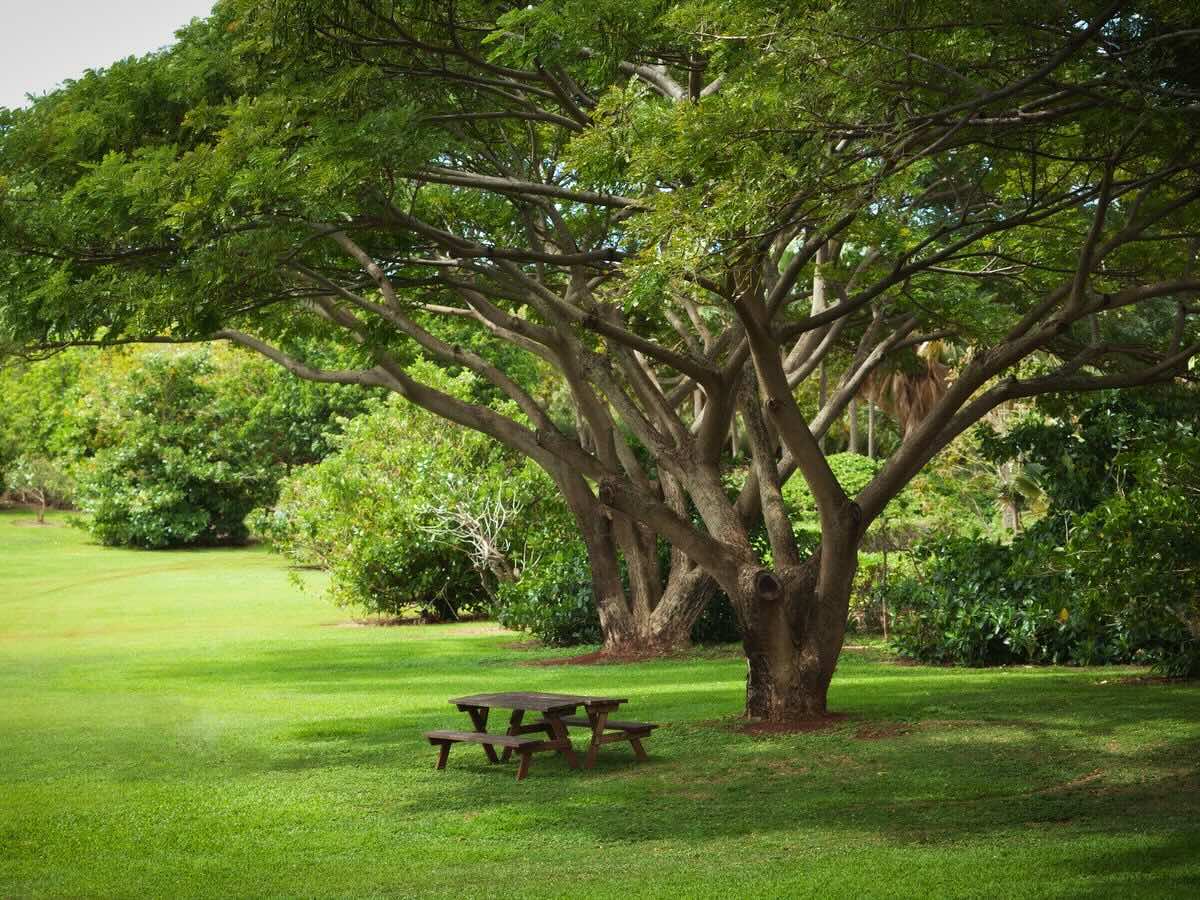
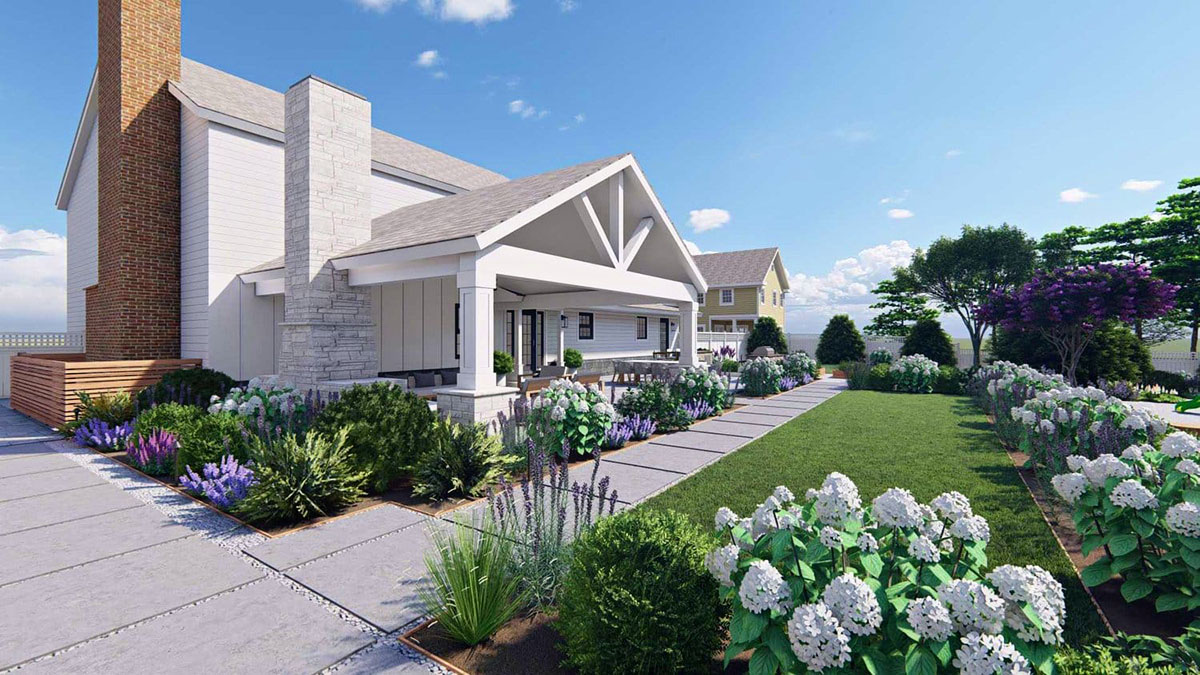

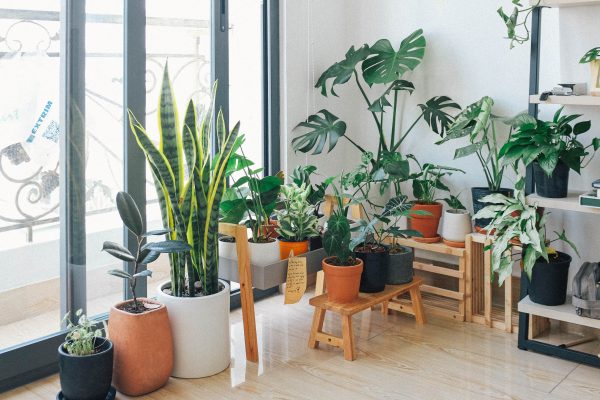

0 thoughts on “What Do You Call An Indoor Garden”